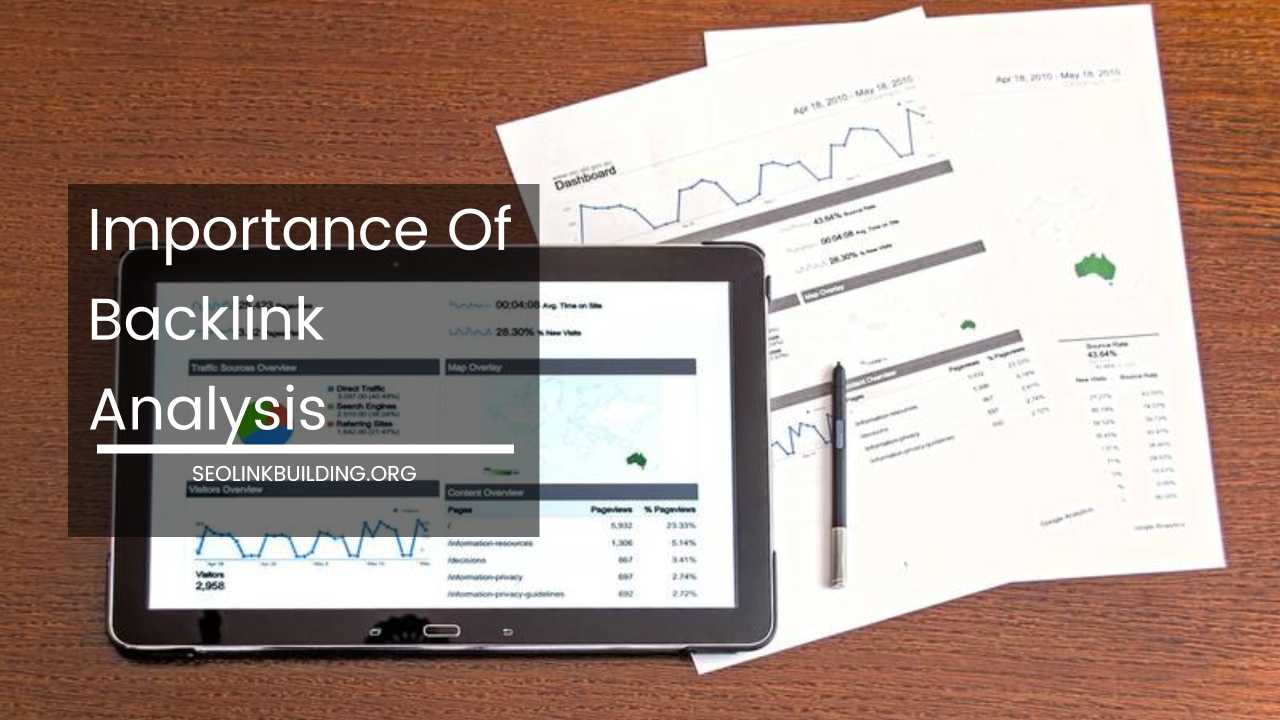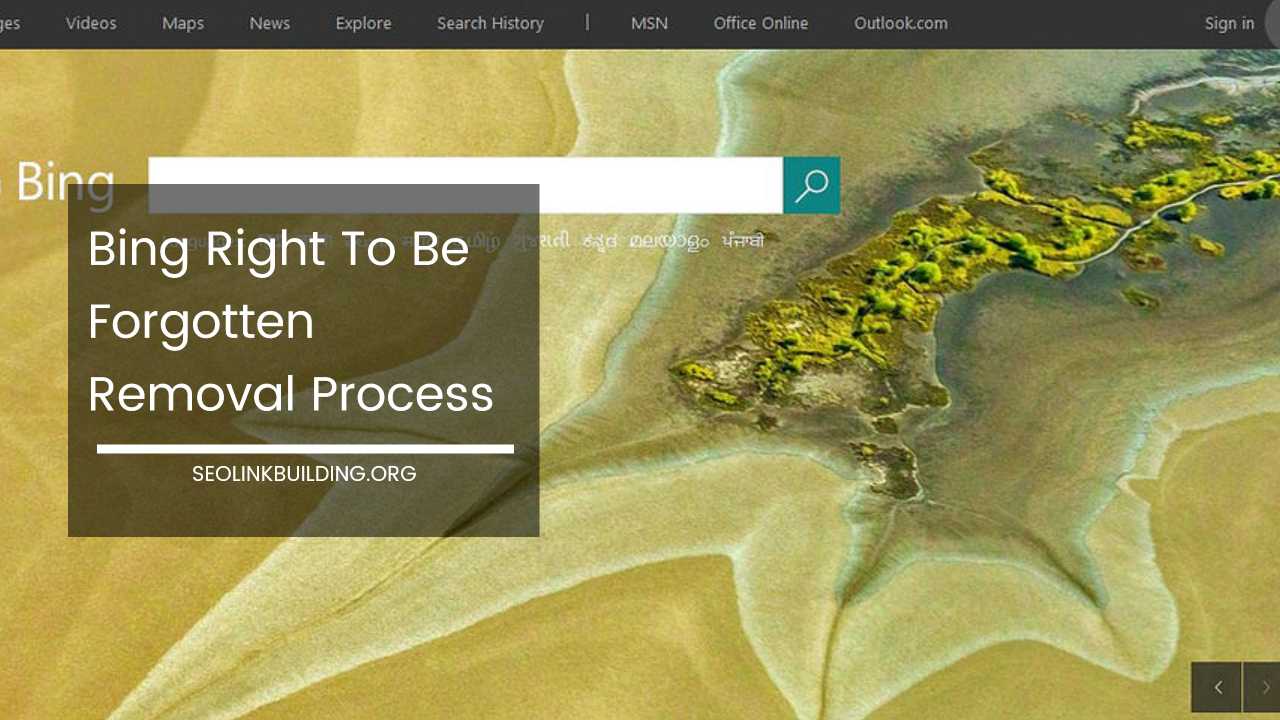The Ultimate Guide to Backlink Analysis for SEO

The Vital Role of Backlink Analysis in Modern SEO Strategies
In the ever-evolving landscape of Search Engine Optimization (SEO), backlinks remain a cornerstone for achieving top rankings and organic website traffic.
But simply acquiring backlinks isn’t enough. To leverage their true potential, you need to delve into the quality and nature of these links through a process called backlink analysis.
This article explores the importance of backlink analysis in modern SEO strategies. We’ll delve into what it is, the key benefits it offers, and how you can conduct a comprehensive analysis to elevate your website’s online presence.
Understanding Backlinks and Their Significance in SEO
Backlinks, also known as inbound links, are hyperlinks on other websites that point to your website. Search engines consider backlinks as a form of endorsement, indicating the credibility and authority of your content.
Websites with a strong backlink profile are generally perceived as more trustworthy and valuable sources of information.
Here’s a breakdown of why backlinks are crucial for SEO:
- Improved Search Engine Ranking: Backlinks are one of the most significant ranking factors for search engines like Google. The quantity and quality of backlinks you possess significantly influence your website’s position in Search Engine Results Pages (SERPs). The more high-quality backlinks you have, the higher your website is likely to rank for relevant search terms.
- Enhanced Website Credibility: Backlinks act as a vote of confidence from other websites. When reputable websites link to your content, it signals to search engines and users alike that your website is a valuable resource. This can significantly boost your website’s credibility and trustworthiness.
- Increased Referral Traffic: Backlinks can be a powerful source of referral traffic. When users click on a backlink, they are directed to your website. This can significantly increase your website traffic and potentially lead to conversions.
- Brand Awareness and Discovery: Backlinks can also help with brand awareness and discovery. When your website is linked to from relevant and high-traffic websites, it exposes your brand to a wider audience and increases the chances of new users finding your website.
Why Backlink Analysis is Essential for SEO Success
While acquiring backlinks is important, it’s equally crucial to analyze the quality and nature of these links. Backlink analysis provides valuable insights that can help you refine your SEO strategy and maximize the benefits you derive from backlinks. Here’s why backlink analysis is essential for SEO success:
- Identifying Toxic Backlinks: Not all backlinks are created equal. Some websites engage in black-hat SEO tactics, creating low-quality backlinks that can harm your website’s reputation and ranking. Backlink analysis helps you identify these toxic backlinks so you can disavow them (inform search engines to disregard them) and prevent them from negatively impacting your SEO efforts.
- Understanding Your Backlink Profile: Backlink analysis provides a comprehensive overview of your website’s backlink profile. You can see the total number of backlinks, the websites linking to you, the type of content they link to, and the anchor text used. This information helps you understand your current SEO strengths and weaknesses, allowing you to tailor your strategy accordingly.
- Benchmarking Against Competitors: Competitive analysis is a vital aspect of SEO. Backlink analysis allows you to see the backlink profile of your competitors. You can identify the websites linking to them and explore opportunities to acquire similar backlinks for your own website. This can help you stay ahead of the curve and outrank your competitors in search results.
- Prioritizing Link-Building Efforts: Backlink analysis helps you prioritize your link-building efforts. By understanding which types of websites and content are most effective in generating high-quality backlinks, you can focus your resources on strategies that deliver the best results. This allows you to create a more efficient and targeted link-building campaign.
- Content Strategy Development: Backlink analysis can also inform your content strategy. By analyzing the type of content that attracts backlinks, you can identify topics and formats that resonate with your target audience and industry influencers. This allows you to create high-quality content that is more likely to earn backlinks naturally.
Conducting a Comprehensive Backlink Analysis: A Step-by-Step Guide
Now that we’ve established the importance of backlink analysis, let’s explore how you can conduct a comprehensive analysis to gain valuable insights for your SEO strategy.
-
Choose Your Backlink Analysis Tool: Several free and paid backlink analysis tools are available online. Popular options include Ahrefs, Moz Link Explorer, SEMrush Backlink Analytics, and Google Search Console. Choose a tool that fits your budget and provides the features you need. Consider factors like the tool’s accuracy, data freshness, ease of use, and additional features offered, such as competitor analysis and link-building opportunities.
-
Input Your Website URL: Once you’ve chosen your tool, simply enter your website URL into the designated field. The tool will crawl the web and generate a report on your website’s backlink profile.
-
Analyze Key Backlink Metrics: Backlink analysis tools typically provide a plethora of metrics to analyze. Here are some of the key metrics to focus on, along with an explanation of their significance:
- Total Backlinks: This refers to the total number of backlinks pointing to your website. While quantity can be a good starting point, it’s more important to focus on the quality of backlinks. A large number of backlinks from low-quality websites can actually harm your SEO efforts.
- Referring Domains: This metric indicates the number of unique websites linking to your website. A higher number of referring domains generally signifies a more diverse and valuable backlink profile. Backlinks from a variety of websites suggest that your content is relevant and informative across different sources.
- Domain Authority (DA): DA is a score developed by Moz that indicates the overall authority and ranking potential of a website. Backlinks from high-DA websites are generally considered more valuable as they carry more weight with search engines. Tools like Ahrefs also offer their own domain rating metrics.
- Anchor Text: Anchor text is the visible text that users click on to follow a hyperlink. The keywords used in anchor text can influence how search engines interpret the context of the link and the relevance of your content to those keywords. Aim for a natural distribution of anchor text, with a mix of branded and relevant keywords.
- Link Placement: The location of a backlink on a webpage can also impact its value. Backlinks placed within the main content area are generally considered more valuable than those placed in sidebars or footers.
- Follow vs. Nofollow Links: Backlinks can be categorized as “follow” or “nofollow.” Follow links pass link equity (SEO value) to your website, while nofollow links do not. While nofollow links don’t directly boost your SEO ranking, they can still be valuable for driving referral traffic and brand awareness.
-
Identify and Disavow Toxic Backlinks: As mentioned earlier, not all backlinks are created equal. Some websites may engage in black-hat SEO tactics, creating low-quality backlinks to your website without your knowledge. These “toxic backlinks” can harm your website’s reputation and ranking. Backlink analysis tools can help you identify these backlinks by analyzing factors like the website’s domain authority, spam score, and overall quality. Once you’ve identified toxic backlinks, you can disavow them using Google Search Console. This informs search engines to disregard these links when evaluating your website’s SEO ranking.
-
Analyze Backlinks by Page: Don’t just focus on the overall backlink profile. Look at which specific pages on your website are attracting the most backlinks. This can help you understand what type of content resonates with your audience and industry influencers. You can then use this information to inform your content creation strategy and replicate the success of your high-performing pages.
-
Compare Your Backlink Profile with Competitors: A crucial aspect of backlink analysis is benchmarking your website against your competitors. Use your chosen backlink analysis tool to explore your competitors’ backlink profiles. This can help you identify websites linking to them and explore opportunities to acquire similar backlinks for your own website. Analyze the type of content your competitors are creating that attracts backlinks and see if there are similar topics you can cover on your website with a unique spin.
-
Track Your Backlink Profile Over Time: Backlink analysis is not a one-time activity. It’s important to track your backlink profile over time to monitor your progress and identify any potential issues. Regularly monitor your backlink profile for new backlinks, the loss of backlinks, and any changes in the quality of your backlinks. This allows you to stay on top of your SEO efforts and make adjustments to your link-building strategy as needed.
By following these steps and effectively utilizing backlink analysis, you can gain valuable insights into your website’s SEO performance.
This empowers you to refine your strategy, build high-quality backlinks, and ultimately achieve top rankings in search results, driving organic traffic and brand awareness.













